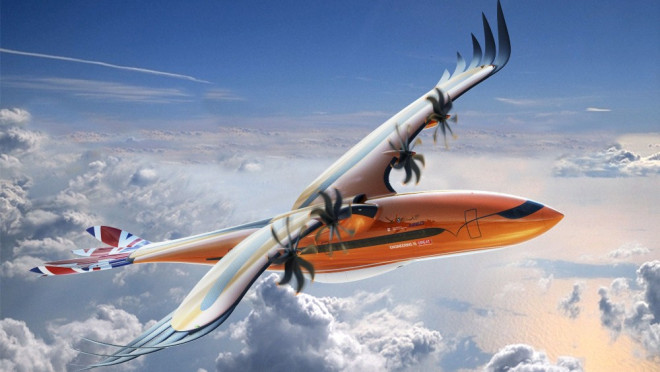Nature, a source of technological inspiration for planes
Imagine a plane that could stop in the air like a hummingbird, for example to board passengers from the roof of a skyscraper. Or an airplane that has the same ability to shift directions in flight as a dragonfly. Nature has got quite remarkable flying techniques. Biomimicry consists of imitating its techniques to improve aircraft performance. Here are some examples.
Airbus Albatross One
Nature can inspire the aviation industry,as with the Wigetworks Air-Fish 8, a plane that uses the same technology, pardon, morphology of a flying fish, to hover over the water at 200 km / h. Indeed, flying fish can make prodigious leaps, about ten meters on the surface of the water, thanks to a physical phenomenon that creates a kind of vortex when hovering over the water. In this way, significant fuel savings are achieved. Airbus has just designed a prototype aircraft whose wings are inspired by those of albatrosses. These birds can tilt the tips of their own wings so as to better control the wind. Applying this technique to the wings of its prototype, Albatross One, Airbus believes it can improve the stability of the aircraft while reducing its consumption.

Airbus Bird of Prey
In July 2019, the European aerospace company announced its latest concept aircraft, the “Bird of Prey”, directly inspired by the flying mechanics of the eagles. Unveiled at the Royal AirTattoo International Air Show in the UK, the concept is a “hybrid electric turbo-propeller plane” for regional transport, the company said in a statement. Its wings and tail feature individually controlled “feathers” designed to provide active flight control. But, as crazy as the design and the “feathers”, the most intriguing feature of this aircraft is a high-tech propulsion system that could reduce fuel consumption by 30 to 50%, making the flight much more durable.
Airbus does not intend to produce the Bird of Prey. Nevertheless they could do it in the future; and even if they never will, it is a further proof of the interest of the European aircraft manufacturer for bio-mimicry.


